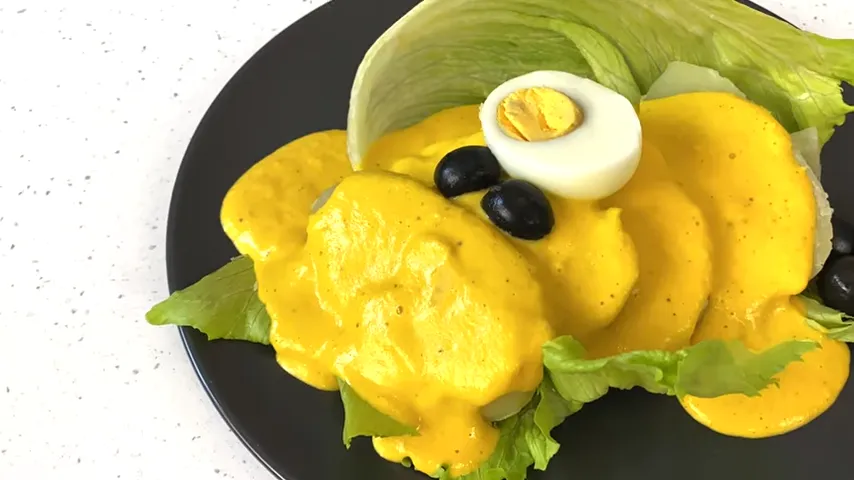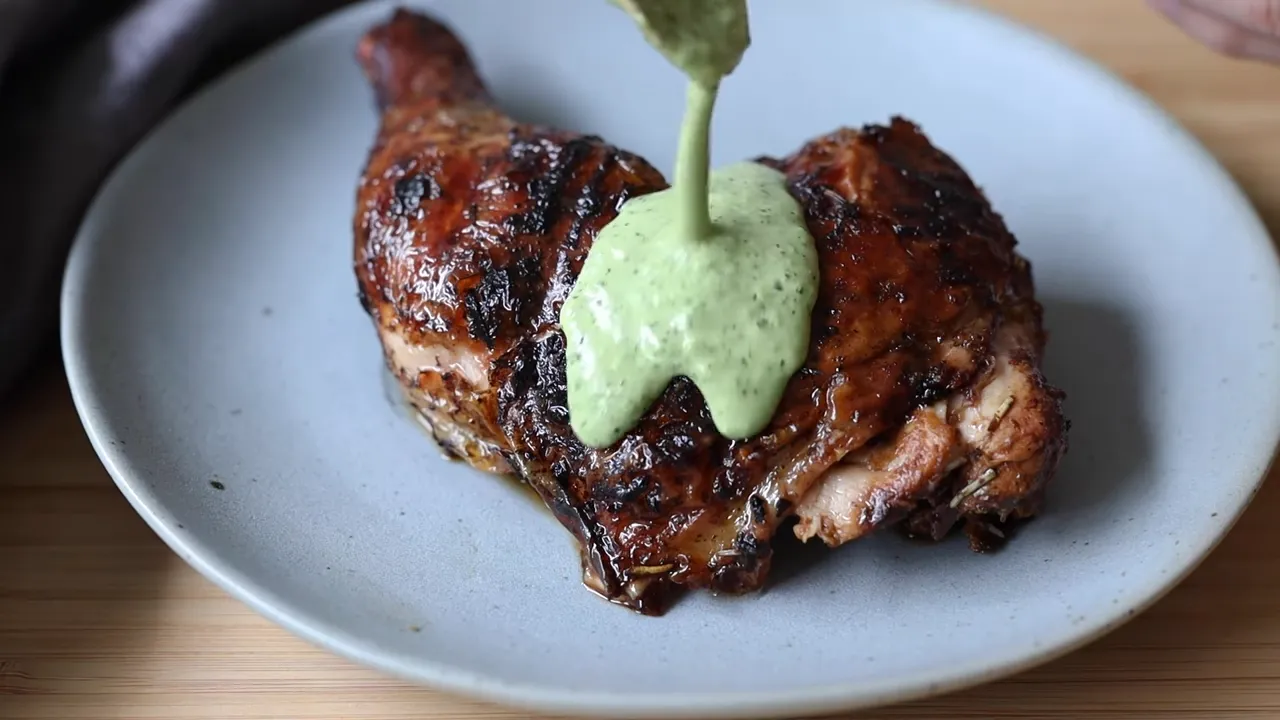Introduction
Peruvian cuisine, with its tapestry of flavors, ingredients, and culinary techniques, represents a fusion of cultures that have come together over centuries. At the heart of this rich culinary tradition are the ACL recipes peru—Ají de Gallina, Causa, and Lomo Saltado. These dishes not only offer a glimpse into the country’s diverse gastronomy but also embody the cultural influences from indigenous, Spanish, Asian, and African populations that have shaped Peru’s food landscape.
The History and Cultural Significance
The roots of Peruvian cuisine stretch back to the ancient civilizations that first cultivated the land, most notably the Inca Empire. Ingredients like potatoes, corn, and ají peppers were staples of these early diets and continue to feature prominently in Peruvian dishes today. The Spanish conquest introduced new ingredients and cooking methods, while the subsequent arrival of Asian and African immigrants added further depth and complexity to the cuisine. This blend of traditions has given rise to a unique culinary identity, with ACL recipes standing as testaments to Peru’s rich history and cultural diversity.
Ají de Gallina, a creamy chicken stew, echoes the Spanish influence with its use of cheese and bread crumbs yet is distinctly Peruvian with the inclusion of ají amarillo peppers. Causa, a layered potato dish, showcases the Inca’s gift of potatoes to the world, enhanced by the bright flavors of lime and ají. Lomo Saltado, a stir-fry that marries Peruvian ingredients with Chinese cooking techniques, symbolizes the fusion of cultures that is a hallmark of the nation’s gastronomy.
Exploring these dishes offers not only culinary delight but also insight into the stories and traditions that have woven together to create the vibrant tapestry of Peruvian cuisine.
Ají de Gallina

Origins and Cultural Background: Ají de Gallina is a cherished Peruvian dish with a storied past, tracing its origins back to the fusion of Spanish culinary traditions and indigenous Peruvian ingredients. This creamy and slightly spicy dish reflects Peru’s history, utilizing native ají amarillo peppers to impart its distinctive color and flavor.
Key Ingredients and Flavor Profile: Central to Ají de Gallina is shredded chicken enveloped in a rich sauce made from ground walnuts, cheese, milk, and the pivotal ají amarillo. This combination creates a creamy texture and a warm, inviting hue, with garlic, onions, and sometimes olives and eggs adding layers of complexity to the dish.
Step-by-Step Cooking Guide: Preparing Ají de Gallina involves simmering chicken until tender, then shredding it and mixing it with a sauce thickened with bread soaked in broth. The ají amarillo provides a unique flavor and a touch of heat, balanced by the richness of the sauce.
Serving Suggestions: Traditionally, Ají de Gallina is served over rice with boiled potatoes and garnished with olives and hard-boiled eggs, creating a comforting and satisfying meal that speaks to the soul of Peruvian cuisine.
Causa

Historical Context and Variations: Causa traces its origins to pre-Columbian times when potatoes were a staple of the Andean diet. The dish has evolved over centuries, with variations including Causa Rellena, which layers seasoned mashed potatoes with fillings like tuna, chicken, or avocado.
Preparation Techniques and Essential Ingredients: The base of Causa is yellow potatoes mashed and mixed with lime juice and ají amarillo paste, creating a flavorful and colorful foundation. Layers of avocado, chicken salad, or seafood are added, with each layer complementing the next.
Creative Serving Ideas: Causa can be molded into various shapes for an eye-catching presentation, often topped with boiled eggs, olives, and a mayonnaise-based sauce. It’s a versatile dish that can be adapted for appetizers or main courses, showcasing the creativity inherent in Peruvian cooking.
These dishes, Ají de Gallina and Causa, highlight the rich cultural tapestry and diverse flavors of Peruvian cuisine, inviting both cooks and diners to explore the culinary heritage of this vibrant country.
Lomo Saltado
Fusion of Cultures: The Chinese Influence Lomo Saltado is a prime example of the cultural fusion that characterizes Peruvian cuisine. This popular dish showcases the influence of Chinese cuisine in Peru, particularly highlighting the stir-frying technique brought over by Chinese immigrants. This culinary cross-pollination enriches Peruvian cooking with flavors and methods that trace back to Asia, blending seamlessly into the local gastronomy. Combining Peruvian ingredients such as ají amarillo and tomatoes with soy sauce and vinegar, Lomo Saltado is a flavorful representation of Peru’s multicultural culinary landscape.
Ingredients and Method of Preparation The dish starts with marinated slices of beef, typically sirloin, which are stir-fried with onions, tomatoes, and ají peppers. The marinade often includes soy sauce, vinegar, and spices, lending a savory depth to the meat. The stir-fry is then mixed with French fries and served over rice, combining the textures and flavors in a satisfyingly hearty meal.
Tips for Achieving the Perfect Stir-Fry Achieving the perfect Lomo Saltado requires high heat to sear the meat quickly while keeping the vegetables crisp. Cooking in batches can prevent overcrowding and ensure each ingredient is perfectly cooked. Using a wok or a large skillet can also help in tossing the ingredients effectively to mix the flavors.
Ingredients Spotlight
Aji Amarillo: Peru’s Golden Pepper Aji amarillo, with its fruity flavor and moderate heat, is a cornerstone of Peruvian cooking, imparting a distinctive yellow color and a depth of flavor to dishes like Ají de Gallina and Causa.
Quinoa: The Ancient Superfood Quinoa, once a staple food for the Inca civilization, continues to be a valued ingredient in Peruvian cuisine for its nutritional benefits and versatility.
Other Native Ingredients and Their Uses Peruvian cuisine also celebrates other native ingredients like lucuma, used in desserts for its sweet, custard-like flavor, and cancha, toasted corn kernels that offer a crunchy snack or side dish.
Cooking Tips and Techniques
Mastering Peruvian Cooking Styles Understanding the balance of flavors is key to mastering Peruvian dishes. The combination of spices, acidity from lime or vinegar, and the heat from ají peppers creates a harmonious flavor profile distinctive to Peruvian cuisine.
While traditional techniques hold a central place in Peruvian cooking, you can also adapt many recipes to suit modern kitchens. For instance, using ají amarillo paste offers a convenient alternative to fresh peppers, streamlining the cooking process without sacrificing flavor. Furthermore, quinoa, a staple of Andean cuisine, integrates seamlessly into a broad array of dishes, enhancing their nutritional value. Additionally, exploring the use of contemporary kitchen gadgets can simplify and speed up the preparation of complex dishes, making it easier than ever to enjoy Peruvian flavors in your everyday meals.
Through these dishes and ingredients, Peruvian cuisine offers a rich exploration of flavors and cultures. Whether you’re an experienced chef or a curious home cook, the diversity and depth of Peruvian cooking provide endless possibilities for culinary creativity and enjoyment.
Pairing and Serving Ideas
When it comes to enhancing the dining experience with ACL dishes, pairing and serving play a crucial role. Traditional accompaniments and thoughtful beverage choices can elevate the meal, making it a memorable culinary journey.
Traditional Accompaniments:
- Ají de Gallina is often served with white rice and boiled yellow potatoes, garnished with black olives and hard-boiled eggs. These sides complement the creamy texture and spiciness of the dish.
- Causa is versatile and can be served as an appetizer or main dish. It’s usually accompanied by a side salad or avocados to balance the dish’s richness.
- Lomo Saltado pairs wonderfully with white rice to soak up the flavorful sauce and with traditional Peruvian fried potatoes for added texture.
Beverage Pairings for a Complete Peruvian Meal:
- A classic Pisco Sour, with its tangy and refreshing taste, is an excellent choice to start the meal. Its citrus notes cut through the richness of the dishes.
- For wine enthusiasts, a crisp and aromatic Sauvignon Blanc complements the acidity and heat of Peruvian dishes, particularly ceviche.
- A light-bodied lager or a Chicha Morada, a traditional Peruvian beverage made from purple corn, can be refreshing options to pair with the hearty flavors of Lomo Saltado and Ají de Gallina.
Regional Dishes and Ingredients
Peru’s varied geography, from the Pacific coast through the Andes mountains to the Amazon rainforest, contributes to a diverse range of regional dishes and ingredients. This section could explore:
- Coastal dishes beyond ceviche, highlighting the use of fresh seafood.
- Highland cuisine, featuring hearty dishes that use potatoes, quinoa, and other crops adapted to high altitudes.
- Amazonian culinary traditions, focusing on the use of tropical fruits, fish, and ingredients unique to the rainforest.
Modern Peruvian Cuisine and Fusion
This section would delve into how Peruvian chefs are innovating traditional recipes and incorporating international influences, leading to a global recognition of Peruvian cuisine. It could include:
- The rise of Peruvian fusion cuisines, such as Nikkei (Peruvian-Japanese) and Chifa (Peruvian-Chinese).
- Profiles of prominent Peruvian chefs and their contributions to modernizing Peruvian cuisine.
- Examples of contemporary dishes that have gained international popularity.
Peruvian Street Food
Street food is an integral part of Peru’s culinary landscape, offering a glimpse into the everyday flavors enjoyed by locals. Highlighting popular street food items could include:
- Anticuchos (grilled skewered meat, often beef heart)
- Picarones (sweet, ring-shaped fritters made from squash and sweet potato)
- Empanadas (stuffed bread or pastry baked or fried)
Peruvian Desserts and Beverages
Peruvian cuisine also boasts a variety of unique desserts and beverages. This section could cover:
- Traditional desserts like Mazamorra Morada (purple corn pudding) and Suspiro a la Limeña (a sweet, caramel-like dessert).
- Beverages, both alcoholic and non-alcoholic, such as Chicha Morada (purple corn drink) and Pisco Sour (Peru’s national cocktail).
Peruvian Food Culture and Traditions
Understanding the cultural significance and traditions associated with Peruvian food can provide readers with insights into the country’s social and historical context. Topics might include:
- The role of food in Peruvian festivals and celebrations.
- Traditional cooking methods and tools, such as the pachamanca, an ancient technique of cooking meat and vegetables underground.
- The importance of local markets in Peruvian daily life and cuisine.
Conclusion
The exploration of ACL recipes from Peru reveals not just the complexity and richness of Peruvian cuisine but also its ability to tell the story of Peru’s diverse cultural history.
FAQs
Can I make these dishes vegetarian? Yes, you can adapt many Peruvian dishes to vegetarian diets. For instance, you can prepare Ají de Gallina using mushrooms instead of chicken, and you can fill Causa with a variety of vegetables.
What if I can’t find ají amarillo? While ají amarillo is a key ingredient in Peruvian cooking, you can substitute it with other peppers for a different but still delicious flavor profile. Consider using habanero or Scotch bonnet peppers in small amounts as they are spicier.
How do I balance the flavors in Peruvian dishes? Peruvian cuisine is all about the harmony of flavors. Start with fresh ingredients and adjust the level of acidity, spiciness, and saltiness as you cook, tasting frequently. Lime juice and salt play a crucial role in balancing the flavors, particularly in dishes like ceviche.
Exploring the diversity and vibrancy of Peruvian cuisine through ACL recipes not only broadens your cooking skills but also infuses your home with the warmth and joy of Peru’s culinary culture. Additionally, this exploration fosters a deeper connection with the rich flavors and traditions that define Peruvian cooking, inviting you to bring a piece of Peru into every meal you prepare.

